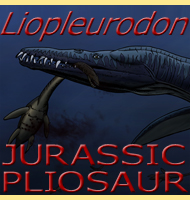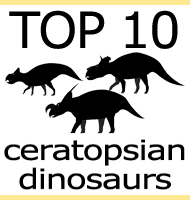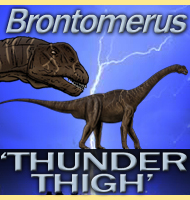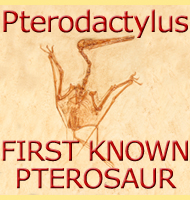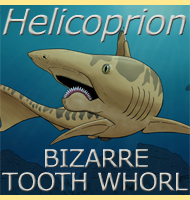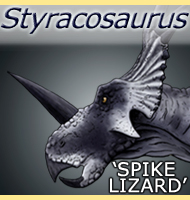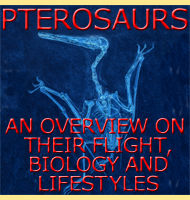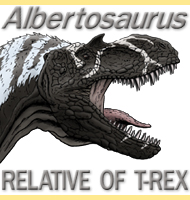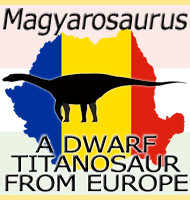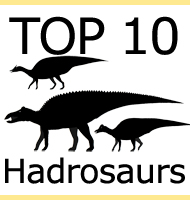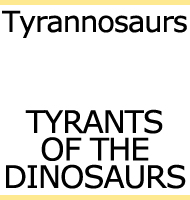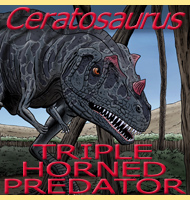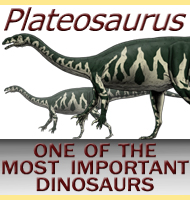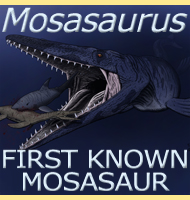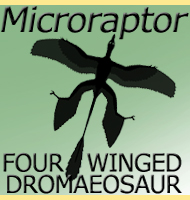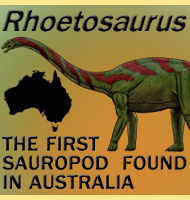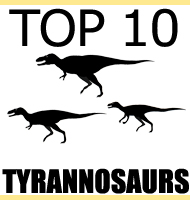


Top 10
Sauropods/Titanosaurs
10 - Vulcanodon
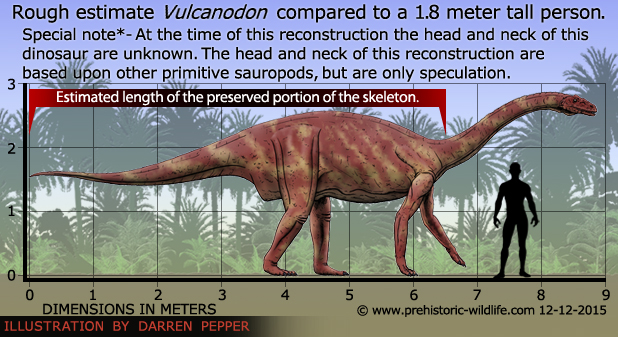
For a long time Vulcanodon was regarded as the first appearance of a true sauropod as opposed to a sauropodomorph (the ancestors of the sauropods). Even though this is no longer the case, Vulcanodon is still one of the earliest occurrences, and one of the most primitive sauropods known, something that has helped palaeontologists to establish an evolutionary line for sauropod dinosaurs.
9 - Shunosaurus
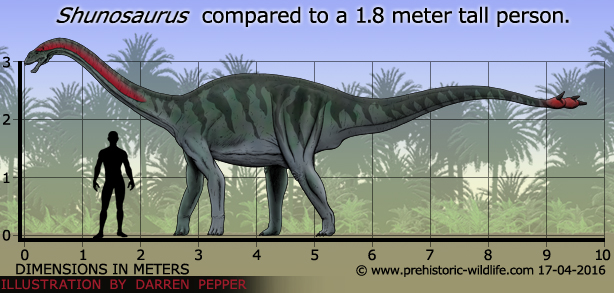
Sauropod dinosaurs have long been presented as defenceless behemoths, relying upon size alone to deter attacks from predators. Shunosaurus however had something extra special, a club-like tail. This club could have been swung at anything that was to the sides or the rear of the animal, but might not have just been used against predators. It might just be as likely that the club may have been used in dominance contests such as two male Shunosaurus clobbering one another with their tails to become leader of a herd.
8 - Nigersaurus
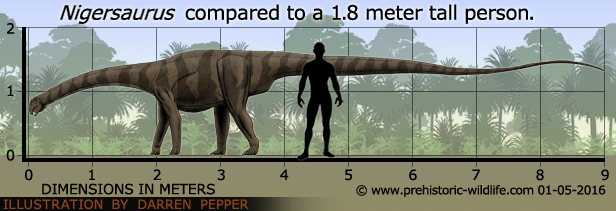
Living in Northern Africa during the early Cretaceous, Nigersaurus was one of the most specialised sauropods that we know about. The front of the mouth was incredibly wide, almost twice the width of the posterior portion of the skull. Studies also show that the mouth of Nigersaurus would have faced more down instead of forwards. This meant that Nigersaurus could gather up proportionately large amounts of food with each bite, perhaps because Nigersaurus spent limited amounts of time feeding, so needed to eat food at a faster rate.
7 - Rapetosaurus
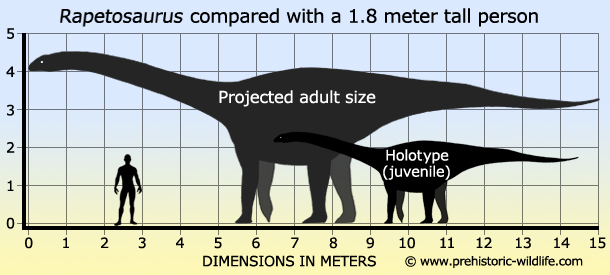
Rapetosaurus was one of the major studies concerning the field of titanosaur research since when it was described it included the most complete titanosaur skeleton ever discovered. This was of an eight meter long juvenile, though other less complete remains of adults suggest that Rapetosaurus attained sizes of around fifteen meters long when fully grown. Because so much of this titanosaur is known, it has been used as the benchmark in helping to recreate other titanosaur genera that are not known from such complete remains.
6 - Amargasaurus
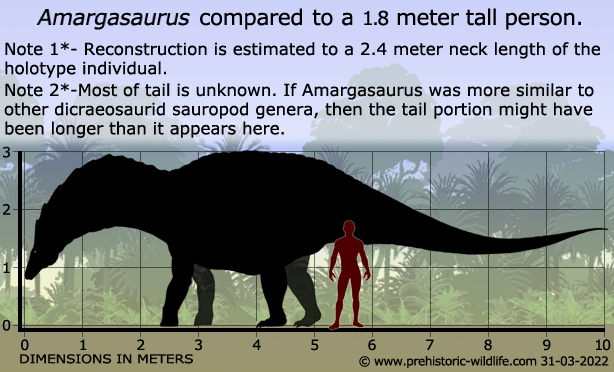
Dinosaur toys of sauropod dinosaurs long had extra bits like spines added to them by toy manufacturers; then palaeontologists actually found one! Amargasaurus has now become famous around the world for the row of spines that ran down its neck and back, though there are various theories as to how they actually looked and were used. Early on the most popular idea was that the spines supported a sail of either skin or thin soft tissue, though today they are more commonly represented as just being spines standing upright. Although Amargasaurus lived at a time and place that saw the presence of large predatory theropod dinosaurs such as carcharodontosaurs, the spines may as equally served a display purpose as well as possible defence. They have even been speculated to be a form of rattle that an Amargasaurus would use to signal to others by shaking its neck.
5 - Saltasaurus
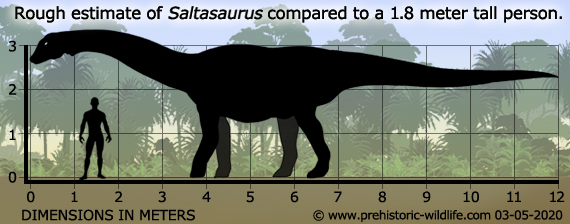
Whereas
Shunosaurus above was proactive in its defence from
predators,
Saltasaurus took a different approach; armour
plating! This armour
plating took the form of osteoderms (a.k.a. scutes), plates of
bone that were held in place just within the lower skin. These are
expected to have formed a quite effective defence against the teeth of
predatory dinosaurs such as the aforementioned carcharodontosaurs since
their teeth were better at slicing flesh than cutting bone.
Saltasaurus
was a
titanosaur, and the first one known to have had armoured skin.
Since its discovery and description, other titanosaurs have been
discovered to have had osteoderm armour, which has led to speculation
that many more titanosaurs may have been armoured.
4 - Argentinosaurus

Named in 1993, and only known from just a few bones from the post cranial skeleton, Argentinosaurus has risen fast in the popularity stakes because it represents one of the largest titanosaurs that have ever been discovered. The actual size of Argentinosaurus is still a matter of debate however, as the estimate you get for it depends upon which other genera you compare it to in order to fill in the gaps. Earlier reconstructions placed Argentinosaurus at around thirty to thirty-five meters in length, though later ones place it as smaller at around thirty meters long and even smaller at around twenty-five meters long. Despite this Argentinosaurus still gets put forward as the largest dinosaur in popular science works, though there are other contenders for that title...
3 - Amphicoelias
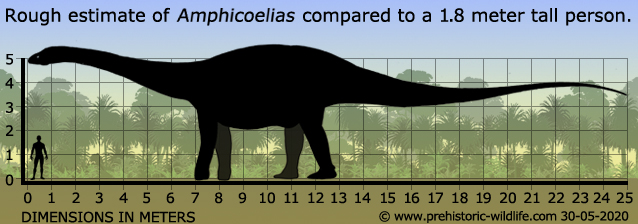
If you were impressed by the potential size of Argentinosaurus, then take a good look at Amphicoelias. Yet another discovery made in North America during the ‘Bone Wars’ Amphicoelias is recognised as possibly the largest dinosaur and land vertebrate to ever exist. There is a problem though, only a few bones such as the humerus were found, and despite their size, these are now lost to us. Nobody knows where they are, and only drawings of them exist, which makes only very rough estimates of the size of the whole animal possible.
2 - Brachiosaurus
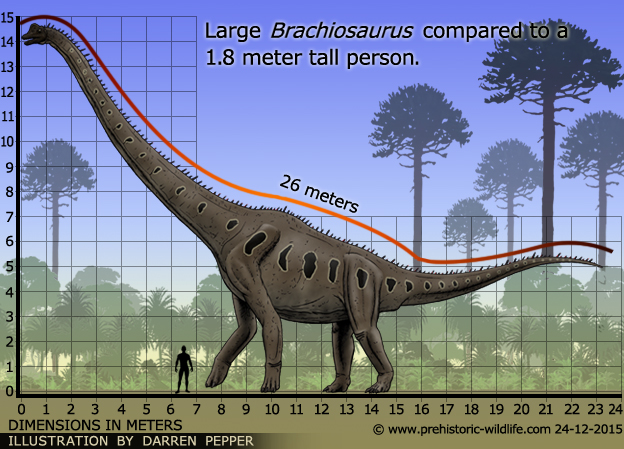
The sauropod dinosaurs are usually recognised as being big and long, but Brachiosaurus by contrast was not so much long but tall. Brachiosaurus is the type genus of the Brachiosauridae, is of a type this is known as a macronarian, which all have a similar basic body plan. Brachiosaurus and relative genera are thought to be high browsers, eating the vegetation that grew far out of reach of other herbivores of the time such as stegosaurs, ornithopods and other types of sauropods.
1 - Diplodocus
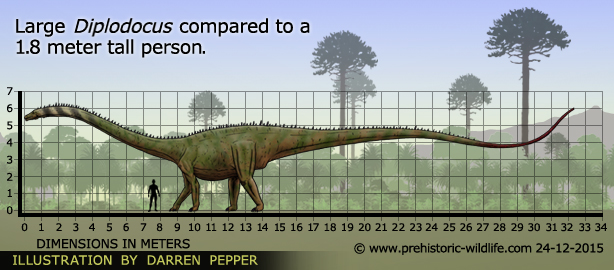
Diplodocus
is
arguably the most popular sauropod dinosaur due in no small part to
almost every dinosaur book of the twentieth century crediting it as
the ‘largest’ dinosaur. Diplodocus was
certainly very long, but
it was also lightly built, and while length is sometimes used to
measure how big animals are, weight is often the determining factor
in deciding which animal was the biggest.
There
is now a whole group of
sauropods known to be similar to Diplodocus which
is the type genus of
the Diplodocidae. These sauropods are thought to have been
intermediate to low browers of vegetation, using their long necks to
sweep their heads over a wide area without having to move their
bodies. This also allowed these sauropods to co-exist with other
types of sauropods. For example, Diplodocus is
known to have
co-existed with macronarians like the aforementioned Brachiosaurus.
----------------------------------------------------------------------------
Random favourites
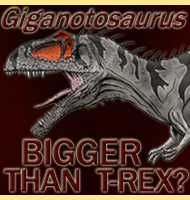 |
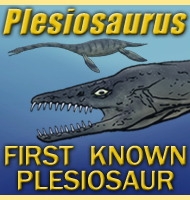 |
 |
